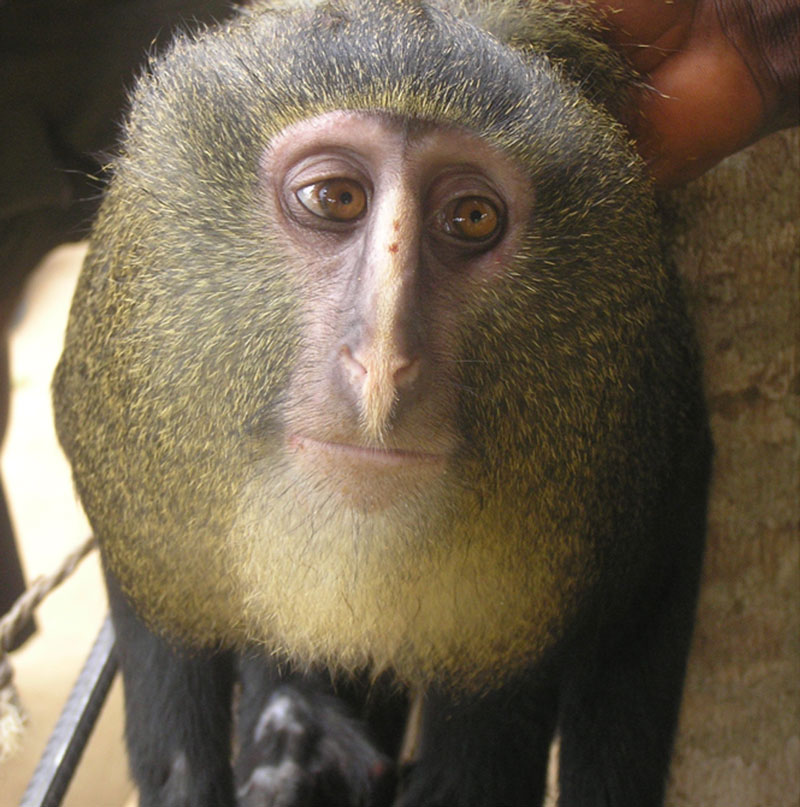In a paper published earlier this week in the open-access journal Plos One, a group of scientists claimed to have discovered the first new species of monkey in over 28 years.
In June 2007, a previously undescribed monkey known locally as “lesula” was found in the forests of the middle Lomami Basin in central Democratic Republic of Congo (DRC). The new species has been formally identified as Cercopithecus lomamiensis sp. nov.
The new discovery is exciting because it’s the first new monkey in 28 years. With so much of our planet’s surface documented and recorded, it’s a thrill to know there is more to be explored and analyzed.
The discovery is also important because the monkey was found between the Lomani and Tshuapa Rivers in an area of about 6,500 square miles (17,000 square km). It is one of the DR Congo’s least biologically explored forest blocks and discoveries like this make strong cases for conservation of such areas and hopefully preserve the forests for scientific discovery versus logging and bush meat hunters taking over the area.
In the map above we can see the distribution of Cercopithecus lomamiensis (sp. nov.) and its sister species, C. hamlyni (left), and locations of specimens and observations of C. lomamiensis (right). Outside of DRC, C. hamlyni occurs only at Nyungwe Forest National Park, Rwanda. The TL2 region extends from the upper Tshuapa River, across the Lomami River to the Lualaba River. [Source]
Initially scientists were not sure if the adult male Owl Face on the left and the Lesula on the right were the same species. [Source]
Scientist John A. Hart says that the rigorous scientific process to determine the new species started with a piece of luck, strong field teams, and an unlikely field sighting in a small forest town:
“Our Congolese field teams were on a routine stop in Opala. It is the closest settlement of any kind to the area of forest we were working in,” says Hart.
The team came across a strange looking monkey tethered to a post. It was the pet of Georgette, the daughter of the local school director. She adopted the young monkey when its mother was killed by a hunter in the forest. Her father said it was a Lesula, well-known to hunters in that part of the forest. The field team took pictures and showed them to Hart.
“Right away I saw that this was something different. It looked a bit like a monkey from much further east, but the coloring was so different and the range was so different,” said Hart. [Source: CNN.com]
If you enjoyed this post, the Sifter highly recommends:
